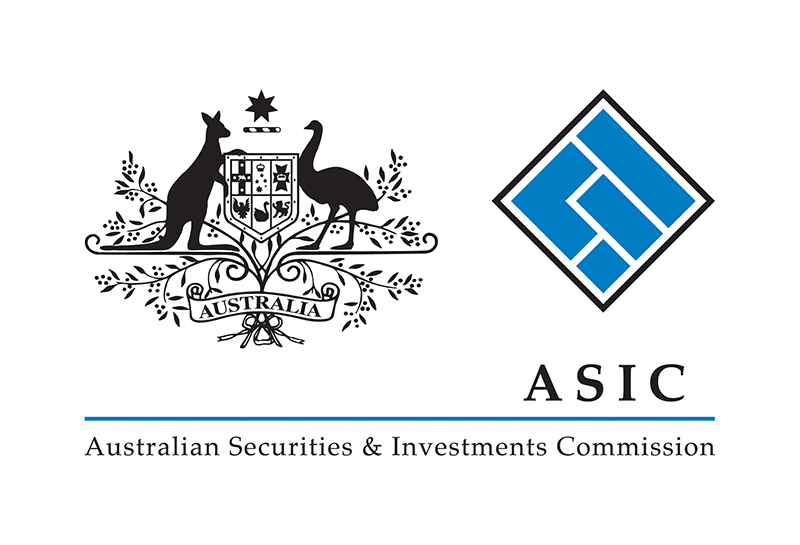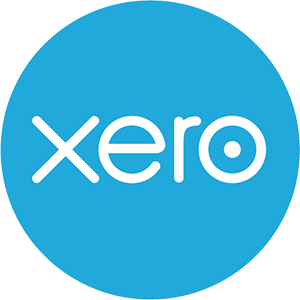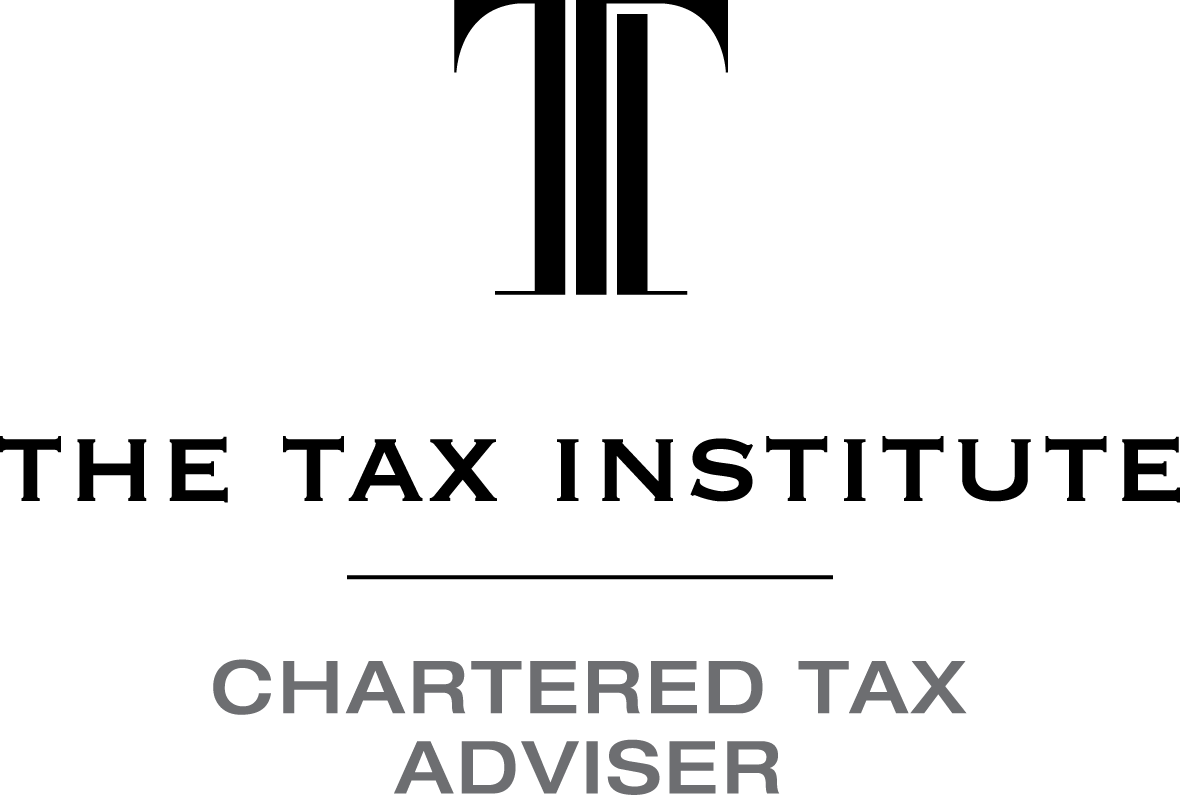Payday Super is now law

UPDATE:
On 4 November, 2025 the government's legislation to require employers to pay employees' super at the same time as their salary and wages passed Parliament and is now law.
This means that from 1 July 2026, employers will be required to deposit their employees' super into accounts within seven (7) business days of payday. The original plan was for 7 x calendar days so the move to business days is a welcome one.
Whilst it is acknowledged that most employers do the right thing, the ATO estimates that $6.25 billion worth of super went unpaid on the most recent financial year data.
The ATO is consulting on its approach to compliance for the 12 months after the change starts ... their approach will differentiate between low and high-risk employers ... which addresses some employer concerns about what happens when a mistake is made or a payment bounces.
We remind clients about things they can do to prepare including:
- review employee onboarding processes to make sure you get the right information and correct details to minimise the risk of rejected contributions
- consider any payroll and system updates that may be required to comply with Single Touch Payroll (STP) requirements in respect to the new Payday super requirements
- review wage codes in your payroll system
- review agreements and processes with your clearing houses
It is a significant change, so planning for cashflow impacts will be important.
updated 7/11/2025
--ooOoo--
On 9 October, two Bills were introduced into Parliament regarding Payday Superannuation and the Superannuation Guarantee Charge amendment. That day, the ATO released its DRAFT Practical Compliance Guideline (PCG) providing guidance around their first year compliance approach.
Under the proposed Payday Super reforms, employers will be required to make superannuation contributions within seven business days of the legal pay day (initially, the wording was 7 calendar days - so this is a welcome change). This represents a significant change from the current Superannuation Guarantee (SG) regime, which operates on a quarterly basis. Whilst not yet law, the new requirements are set to commence 1 July 2026.
Payday Super represents a fundamental rewrite of rules for SG contributions and brings with it an expectation that employers will have strong governance in place over their SG processes. 1 July 2026 may seem like a while away, but as we know, time flies ... and we have the Christmas flurry now and then the Christmas break ... so that deadline will be on us before we know.
In anticipation of the reforms coming into effect, there are a few things you can be looking at now to ensure you are ready:
- review employee onboarding processes to make sure you get the right information and correct details to minimise the risk of rejected contributions
- consider any payroll and system updates that may be required to comply with Single Touch Payroll (STP) requirements in respect to the new Payday super requirements
- review wage codes in your payroll system
- review agreements and processes with your clearing houses
It is a significant change, so planning for cashflow impacts will be important.
The ATO will have increased visibility of super contributions and enhanced data matching capability - so business should expect to see a more proactive approach by the ATO in identifying late or missing contributions.
originally posted 20/10/2025














